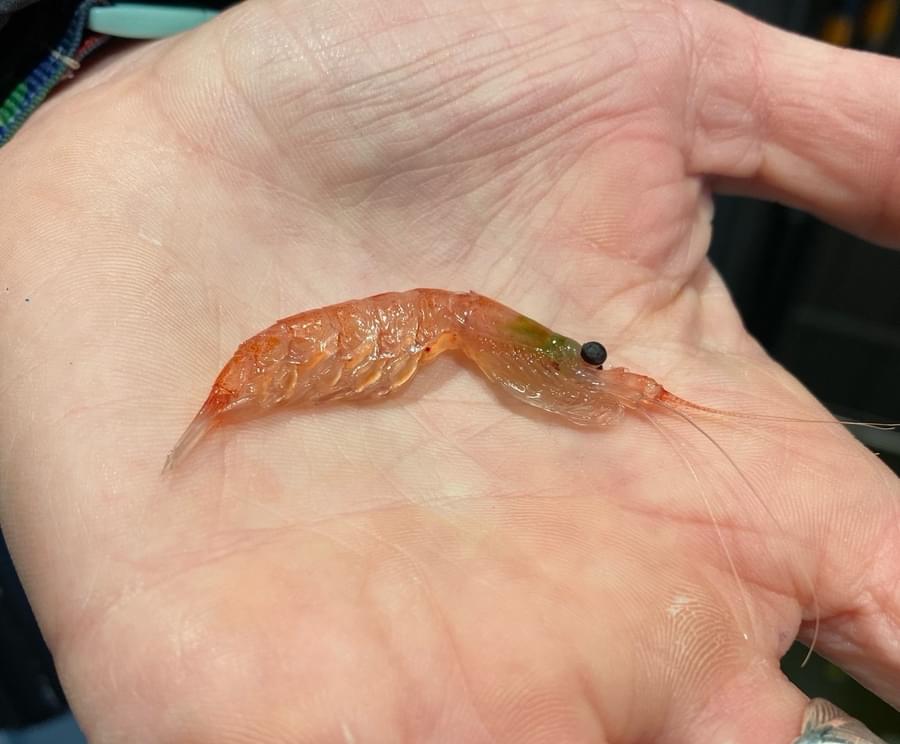A new paper on krill and whales has just been published in Nature, and shows that human harvesting of krill in the Southern Ocean could threaten the recovery of whale species nearly wiped out by industrial whaling in the 20th century.
This wider attitude to krill exploitation, and its over-utilisation can be best demonstrated by a quote from the Norwegian delegation at the International Whaling Commission biennial meeting last month in Peru who said; “Marine mammals must be considered as food on an equal level with poultry or vegetables.” This argument, that a wild, unfarmed animal is some sort of free commodity that can be hoovered out of the sea for profit and consumption in the same way we harvest potatoes rather defies belief in the 21st century. It’s as if the basic principles of conservation have bypassed some nations entirely.
Krill aren’t marine mammals, but they are the critical food source for recovering whale populations.
But Norway is not alone.

The first sea trials of the brand new Chinese Fu Yuan Yu 9199 began on September 20, just a couple of months ago. She is billed as the world’s largest krill fishing vessel, 140 metres long, ice-strengthened, with a crew of 138 in operation. A floating factory ship competing against baleen whales for their main food source right in their backyard. And it would be wrong to point the finger solely at China - 10 to 12 large trawlers from Chile, Norway, South Korea and Ukraine are reported to harvest krill in the same spots the whales are feeding, despite krill being the only thing that these large whales eat when in this area - so the commercial trawlers are directly competing with the whales for their sole food supply.
But here is where it all verges on the ridiculous. Nearly all the commercial krill catch is used to make two products, food for farm-raised fish and omega-3 dietary supplements for human consumption. So none of the arguments about food security apply, or that somehow we have an obligation to exploit our ocean wildlife to feed a growing global population. In fact, it’s been recognised that krill store 20 million tonnes of carbon every single year, locking it away for up to a century. This krill-driven carbon storage and sequestration in the Southern Ocean is similar in tonnage to the blue carbon stored globally within habitats such as mangroves, saltmarshes and seagrasses - something rather glossed over by the manufacturers of krill-based health food supplements in their product descriptions of “Pure Antarctic Krill Oil”, who anticipate the market to grow by 10% every year for the next decade.
So krill hoovers up our carbon and locks it away, and provides the critical food source for recovering whale populations that we have decimated through selfish over-exploitation. And yet now, we’re turning it into fish food for commercial salmon farms and health supplements to address the consequences of our own unhealthy lifestyles. Once again, Mother Nature will be expected to endure the systemic consequences of our own mistakes.

Do you want to learn more about the Southern Ocean ecosystem? Our new e-learning course 'Southern Ocean Marine Mammal Identification' is now live!
You can see our range of courses on our e-learning site. To start your learning journey with ORCA, visit learn.orca.org.uk

